Twenty-seven years ago, I left New Zealand with a Diploma in Architectural Draughting and four years of experience. I quickly found work in the UK for a small architectural company and just as promptly bumped into a glass ceiling. I was told, "You'll not manage projects in the UK without an architectural degree." Ok! However, I knew that further study wasn’t the route I wanted, so I was rather stuck.
At my drawing board in 1995. The engineering firm next door had AutoCAD R12, and I was subcontracted out to work for them. They taught me AutoCAD….. the rest is history!
Fortunately, it didn’t take me long to discover my edge—my colleagues lacked the up-to-date CAD skills I had. This expertise made me invaluable, solving problems not just in my office but across the architectural community. I embraced the challenge and found a niche in CAD and BIM management, which flourished for the next ten years.
Your USP (unique selling proposition or point) is the unique combination of skills, experience, and qualities that set you apart. It's your promise to your audience, communicating why they should choose you over others. In a crowded job market, your USP is crucial for differentiation. It positions you as an expert and helps you attract the right opportunities. By clearly communicating your USP, you stand out to employers or clients who value your specific skills and qualities.
This week's question, "What are my peers not doing that I can?" encourages you to think more specifically about your strengths, your USP, and the value you bring to the company or broader community. Consider these questions:
What do people say you are good at?
What do people ask your advice on or come to you for?
What do you enjoy doing that you do better than others?
Keep an eye out for any unmet needs in the office, or market that your colleagues may not be addressing, as well as opportunities where you can offer a fresh perspective. Perhaps it's a knack for relationship building, a specialised skill set, or a distinct perspective. Embrace what makes you different, for therein lies your strength.
Steps to Finding Your USP
Self-Reflection: Take a moment to think about what makes you, well, you! Reflect on your achievements, the challenges you've overcome, and any standout experiences. These will help you pinpoint what makes you unique and valuable.
Audience Research: Dive into what your target employers or clients are looking for. What problems do they need to solve? What skills and qualities help them achieve their goals faster or more efficiently? By understanding their needs, you can tailor your USP to match what they're seeking.
SWOT Analysis: Do a SWOT analysis to evaluate your Strengths, Weaknesses, Opportunities, and Threats. Identify what you're good at and where you can grow. Look for gaps in the market that your unique qualities can fill.
Feedback and Testing: Don't be shy—share your USP with trusted friends, mentors, or industry pros. Get their honest feedback and tweak your USP as needed. Then, incorporate it into your CV, online profile or branding to see how it resonates.
Continuous Refinement: Remember, your USP isn't set in stone. As you gain more experience and evolve, so should your USP. Keep an eye on its impact and be ready to make adjustments.
Keep a Log
Use the ‘Learning | thoughts | Insights…’ section of your journal to list the strengths and skills you use every week. This way, you build up a bank of attributes and can see if they either point to any specific USP or highlight one you didn’t know you had.
Your USP is what makes you shine and positions you as the best choice for the opportunities you want. Keep refining it, and you'll always stay ahead of the game. It's not about following the crowd—it's about finding your own path to success.
This article is part of an email series explaining the weekly leadership questions in the Architects Leadership Journal. Why I included it, and how you can think about it. Please pass it on.


